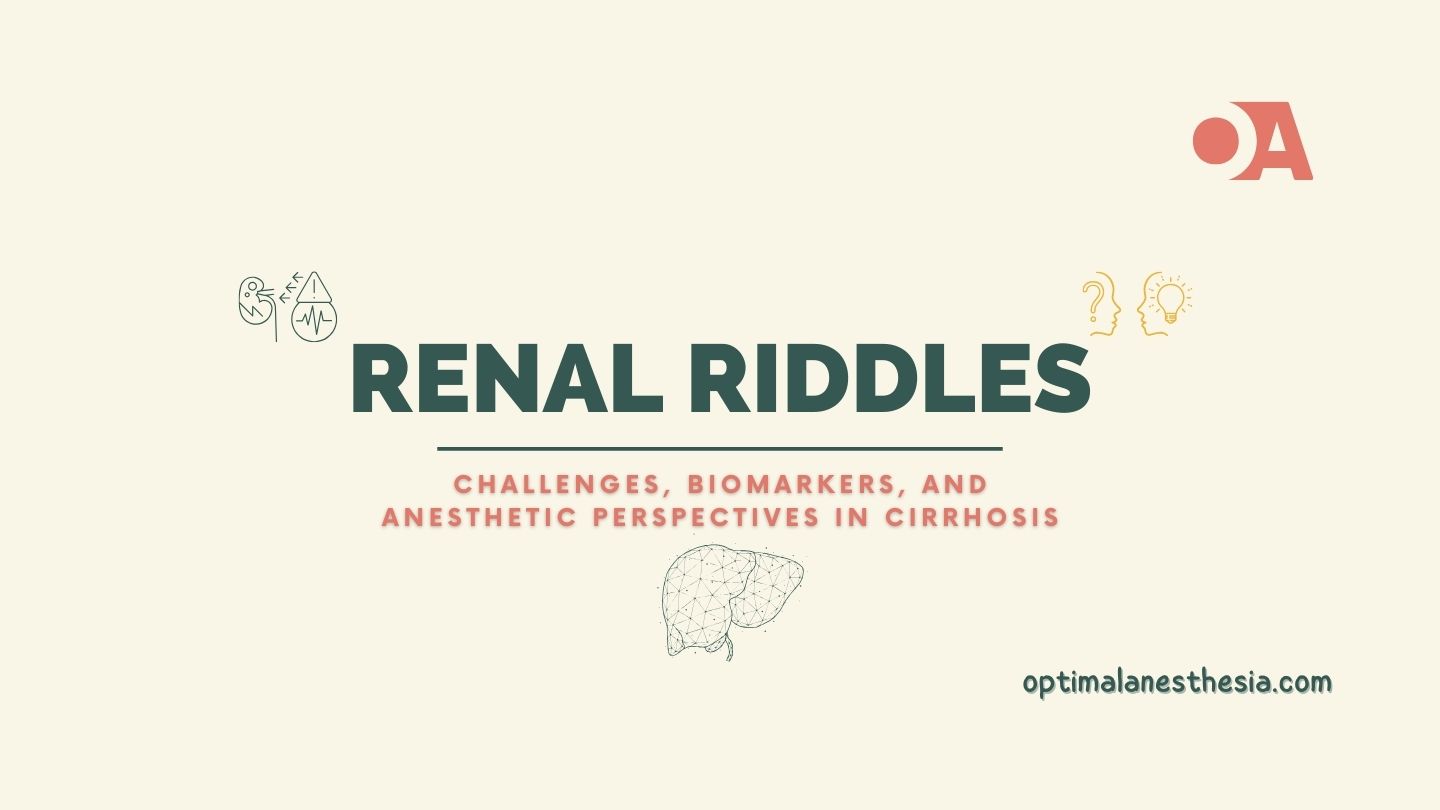Introduction:
Acute kidney injury (AKI) and chronic kidney disease (CKD) are increasingly prevalent in cirrhotic patients, particularly among those hospitalized or awaiting liver transplantation. This article explores the rising incidence, challenges in assessment, and the interdependence between AKI and CKD in cirrhotic individuals.
Challenges in Kidney Function Assessment:
Table 1: Laboratory Assessment for AKI in Cirrhosis
| Assessment Method | Description |
|---|---|
| Serum Creatinine and/or Urine Output | Acute impairment in kidney function is clinically assessed by changes in serum creatinine and/or urine output. |
| History and Physical Examination | Cornerstones of diagnosis, providing the clinical context that informs the pretest probability of a specific etiology of AKI. |
| Urine Chemistries | Essential elements of laboratory testing, including complete urinalysis and microscopic examination of the urinary sediment. |
| Kidney Ultrasonography | Routinely used to rule out obstructive uropathy as a cause of AKI. |
| Urine Biomarkers | Tested metrics for assessing AKI in cirrhosis, including neutrophil gelatinase–associated lipocalin, liver fatty acid–binding protein, kidney injury molecule-1, and tissue inhibitor of metalloproteinases-1 (Table 2). |
Table 2: Urine Biomarkers for AKI in Cirrhosis
| Biomarker | Description |
|---|---|
| Neutrophil Gelatinase–Associated Lipocalin | Captures the degree of injury and inflammatory response, linked with clinical outcomes. |
| Liver Fatty Acid–Binding Protein | Biomarker associated with kidney injury in cirrhosis. |
| Kidney Injury Molecule-1 | Indicates kidney injury and has implications for clinical outcomes. |
| Tissue Inhibitor of Metalloproteinases-1 | Biomarker linked with the inflammatory response in AKI, providing insights into the severity of injury. |
Etiology of AKI in Cirrhosis:
Table: Etiology of AKI in Cirrhosis
| Etiology | Causes | Associated Conditions |
|---|---|---|
| Prerenal | – Laxatives for hepatic encephalopathy (HE) | – Gastrointestinal fluid losses |
| – Diuretics for ascites | – Urinary losses due to diuretics | |
| – Decreased oral intake | – Poor cardiac output (Hepatocardiorenal Syndrome 1 – HCRS-1) | |
| Acute Glomerulonephritis | – HCV-Associated Membranoproliferative GN (MPGN) | – Cryoglobulinemia |
| – HBV-Associated MPGN | ||
| – IgA Nephropathy (IgAN) | ||
| Interstitial Nephritis | – Fluoroquinolones (FQ) for Spontaneous Bacterial Peritonitis (SBP) | – Antibiotics (FQ, Penicillin [PCN]) |
| – Penicillin (PCN) | – Proton Pump Inhibitors (PPIs) | |
| Renal Vein Congestion | – Abdominal Compartment Syndrome (ACS) | – Tense ascites |
| – Cirrhotic Cardiomyopathy (CCM) | – Congestive Heart Failure | |
| – Portopulmonary Hypertension (PoPHTN) | – Right Ventricular Failure | |
| Toxic Acute Tubular Injury | – Cholemic Tubulopathy (Bile Acids) | – Bile acid accumulation |
| – Fluoroquinolones (FQ) for SBP | – Nephrotoxic drugs (e.g., Vancomycin) | |
| Ischemic Acute Tubular Injury | – Prolonged Prerenal Azotemia | – Hemorrhagic Shock (e.g., Gastrointestinal Bleeding [GIB]) |
| – Hemorrhagic Shock (e.g., GIB) | – Septic Shock (e.g., SBP) | |
| Obstructive Uropathy | – Midodrine-Induced (Treatment for HRS-1) | – Rare complication in cirrhosis |
Conclusion:
Understanding the challenges in assessing kidney function and the diverse etiologies of AKI in cirrhosis is crucial for improving clinical outcomes. Biomarkers and specific assessment methods contribute to a more accurate diagnosis, guiding effective interventions in this complex patient population. Ongoing research remains vital for refining estimators and developing novel approaches tailored to the unique factors influencing kidney function in cirrhotic patients.


